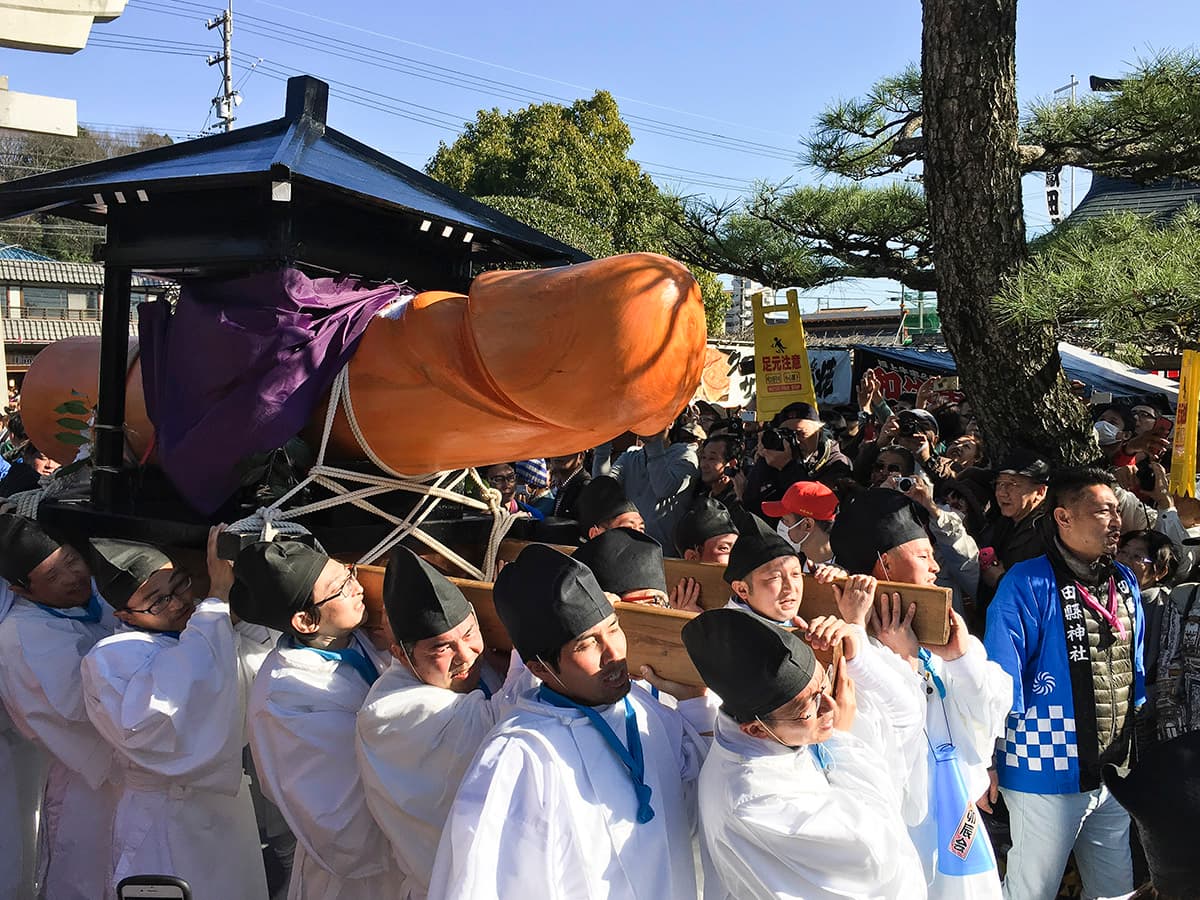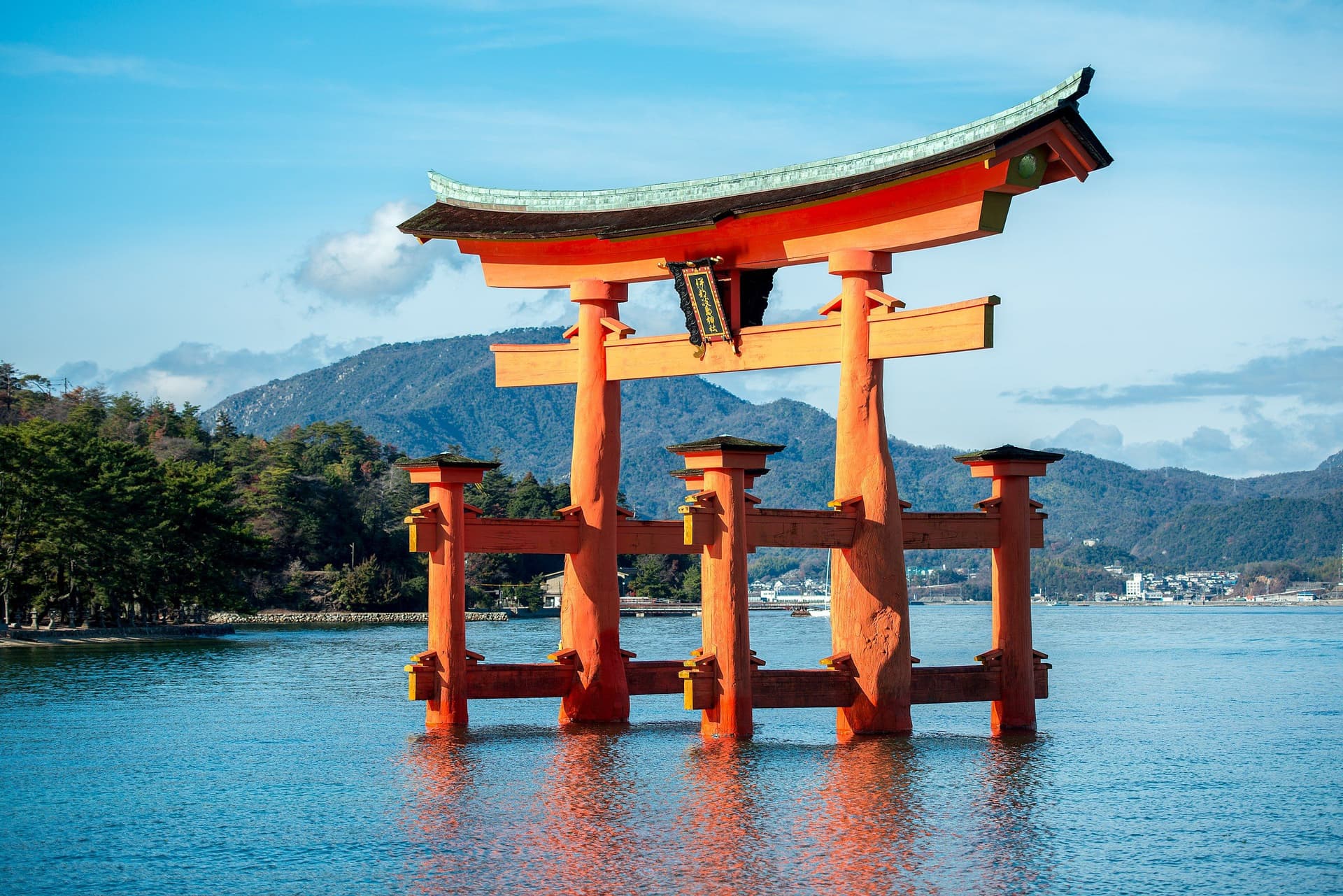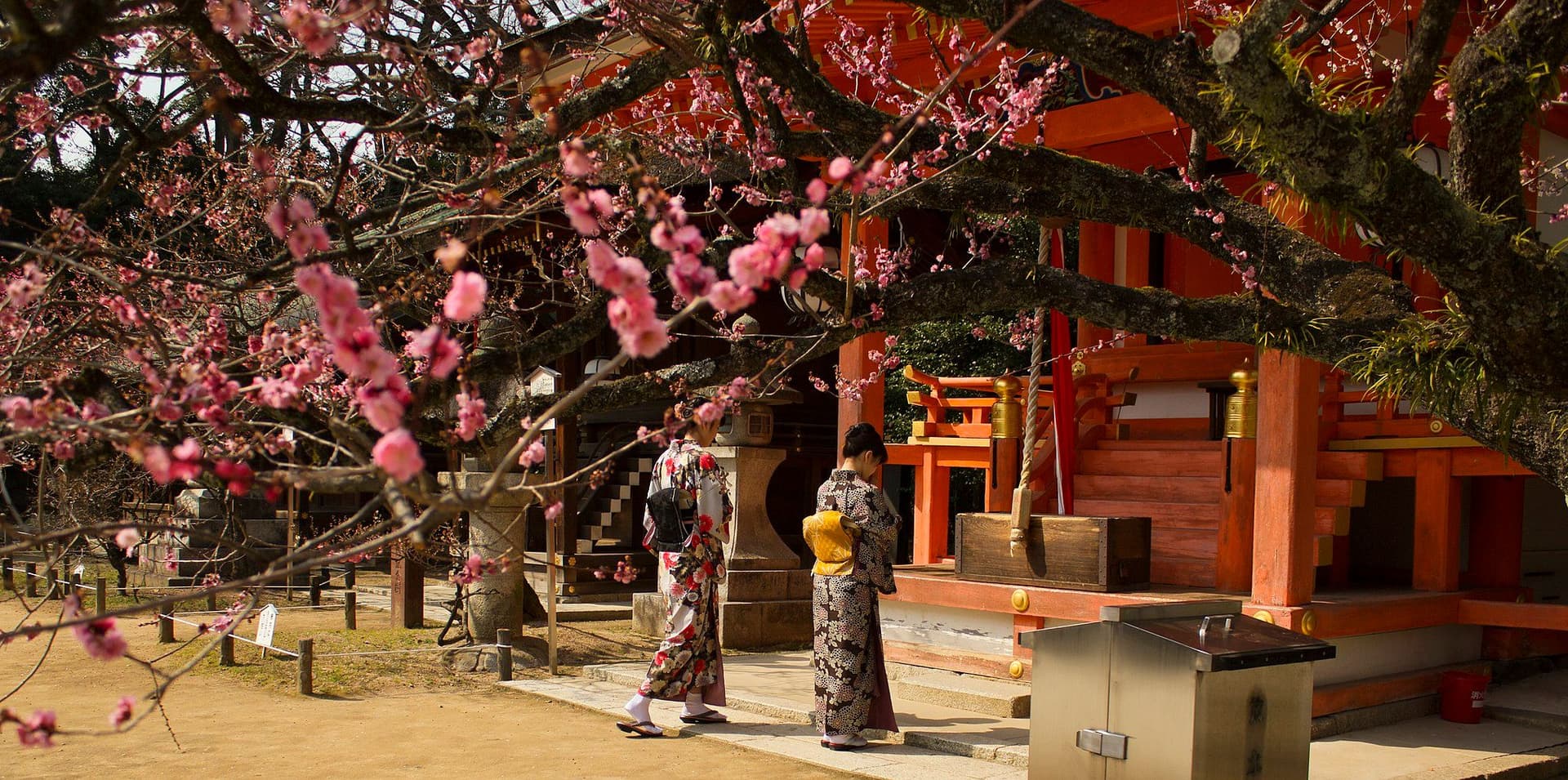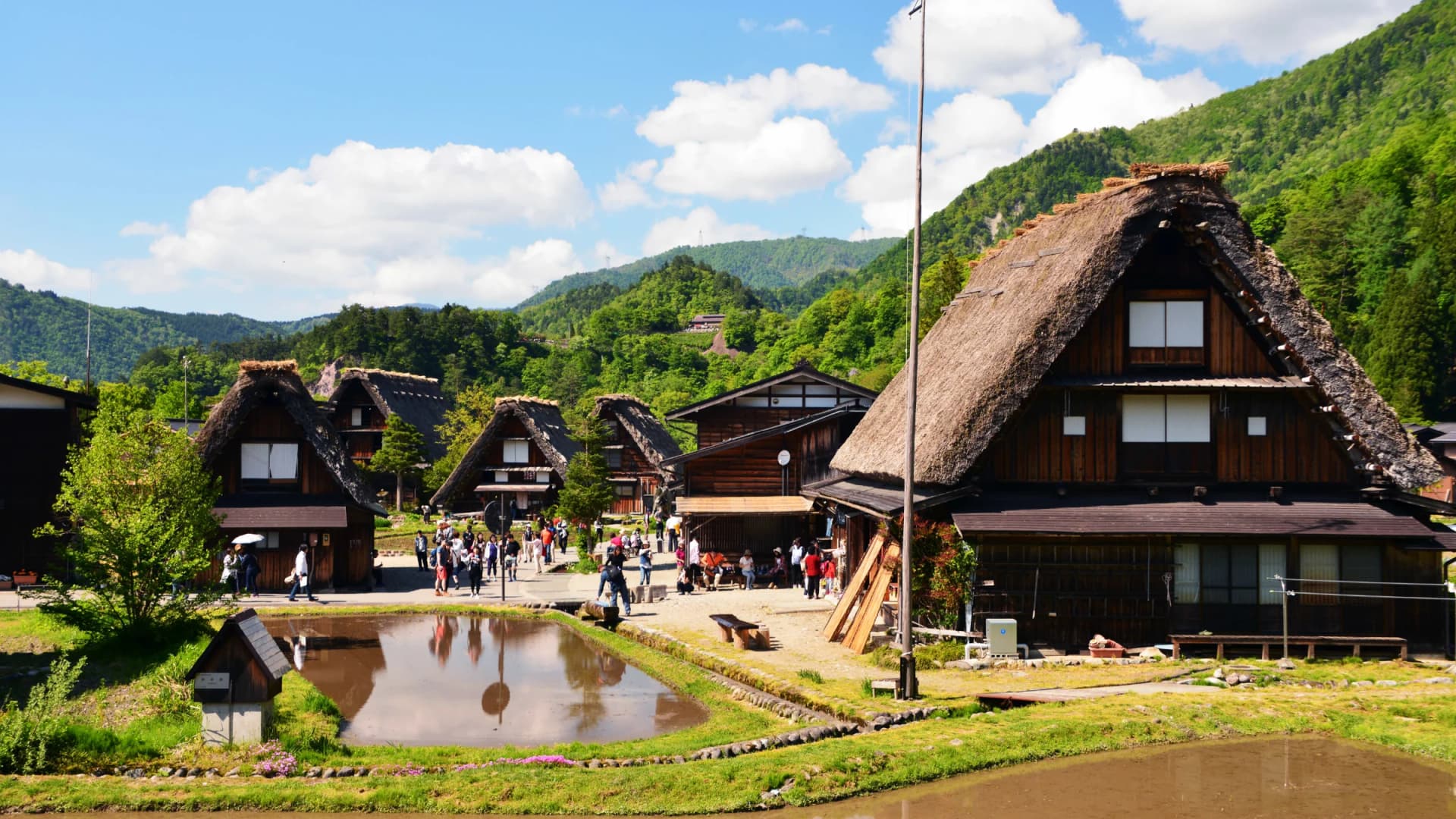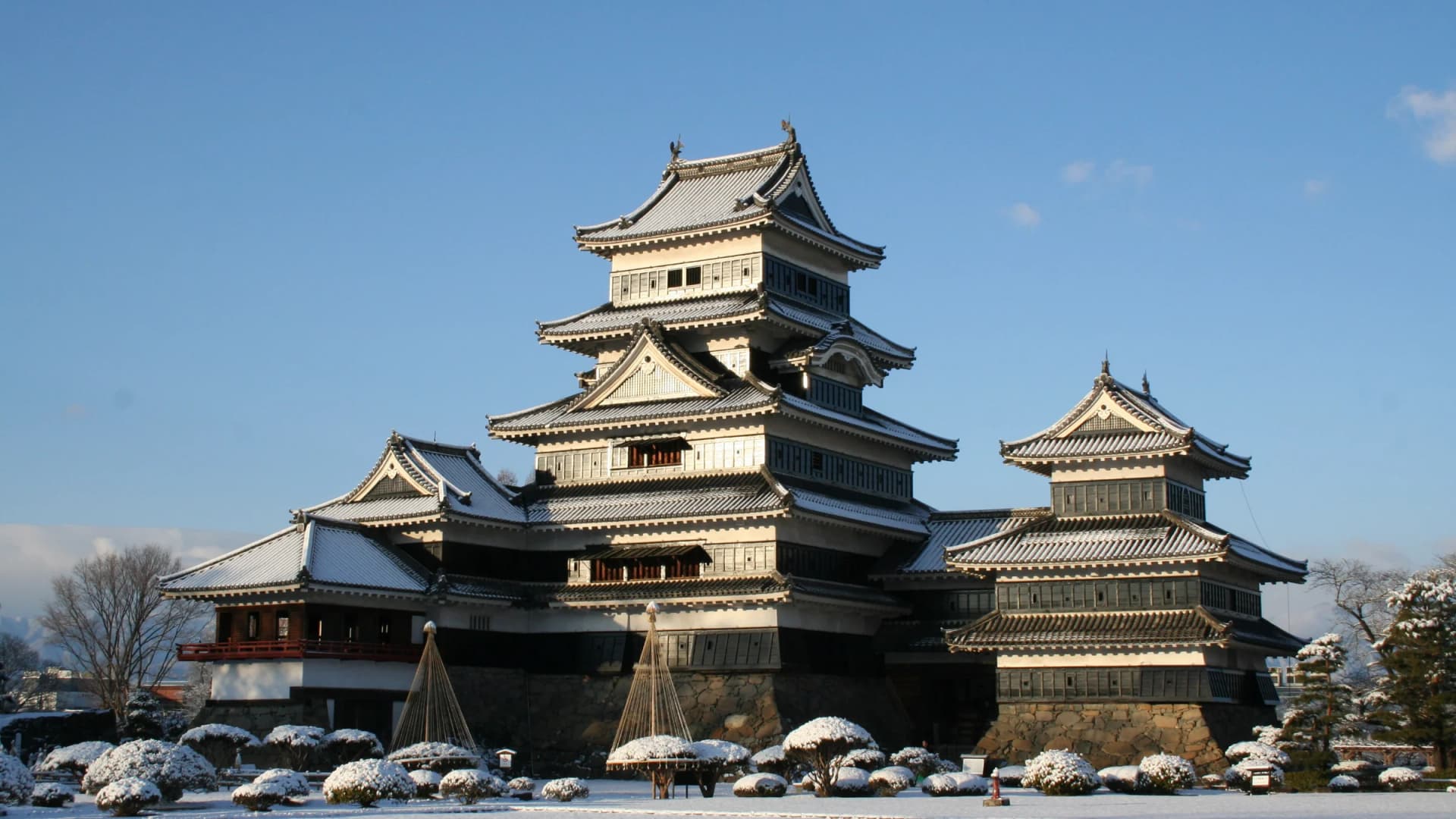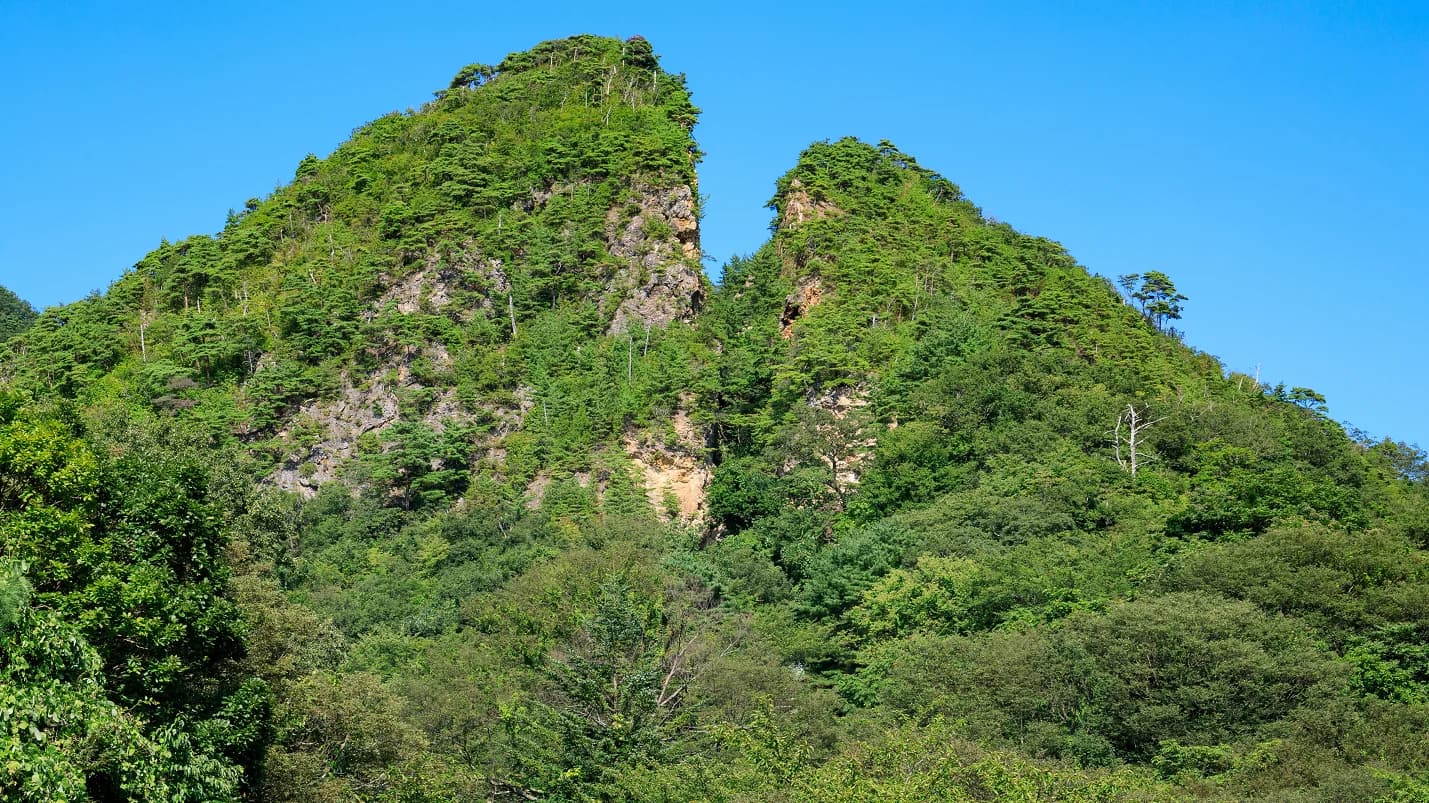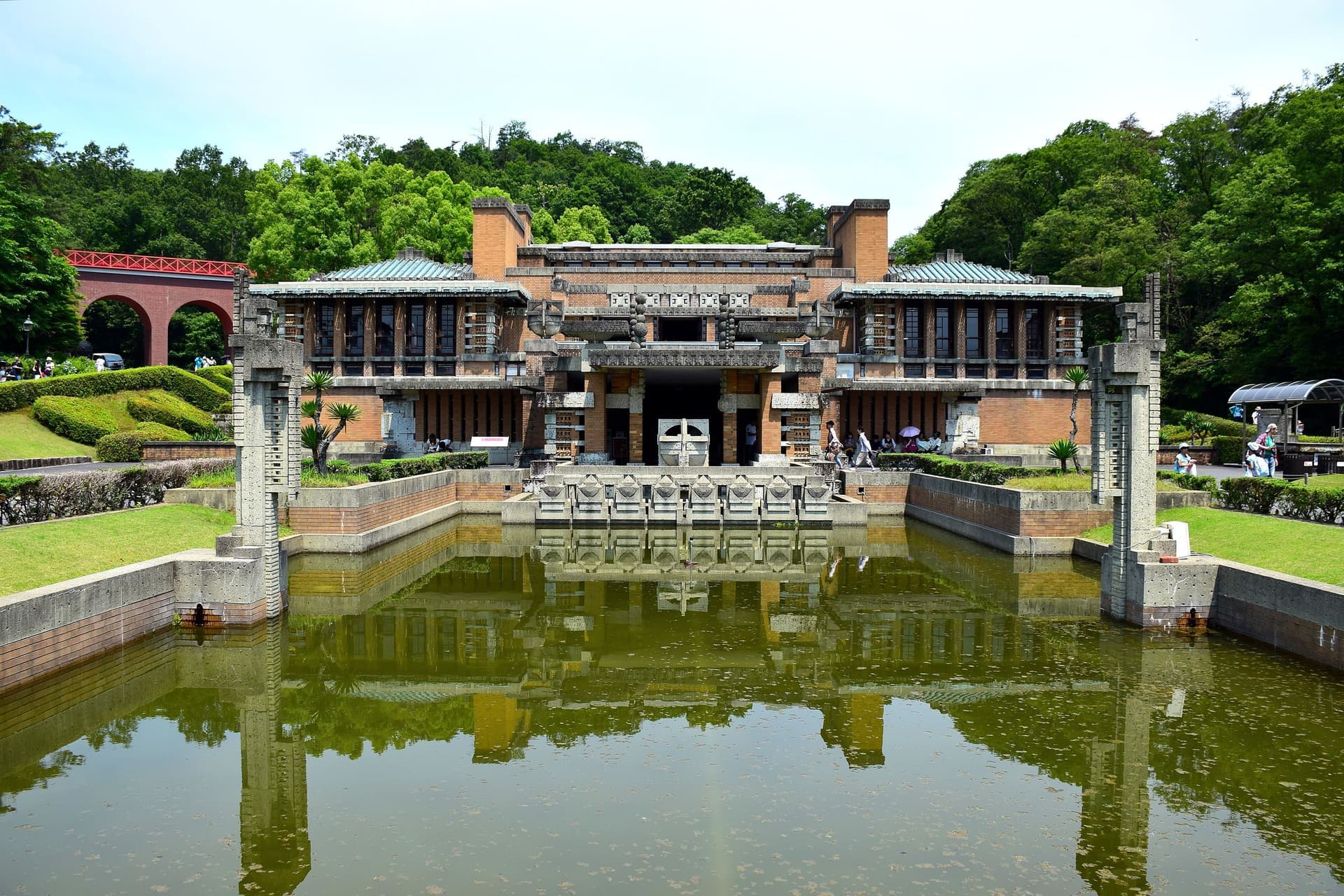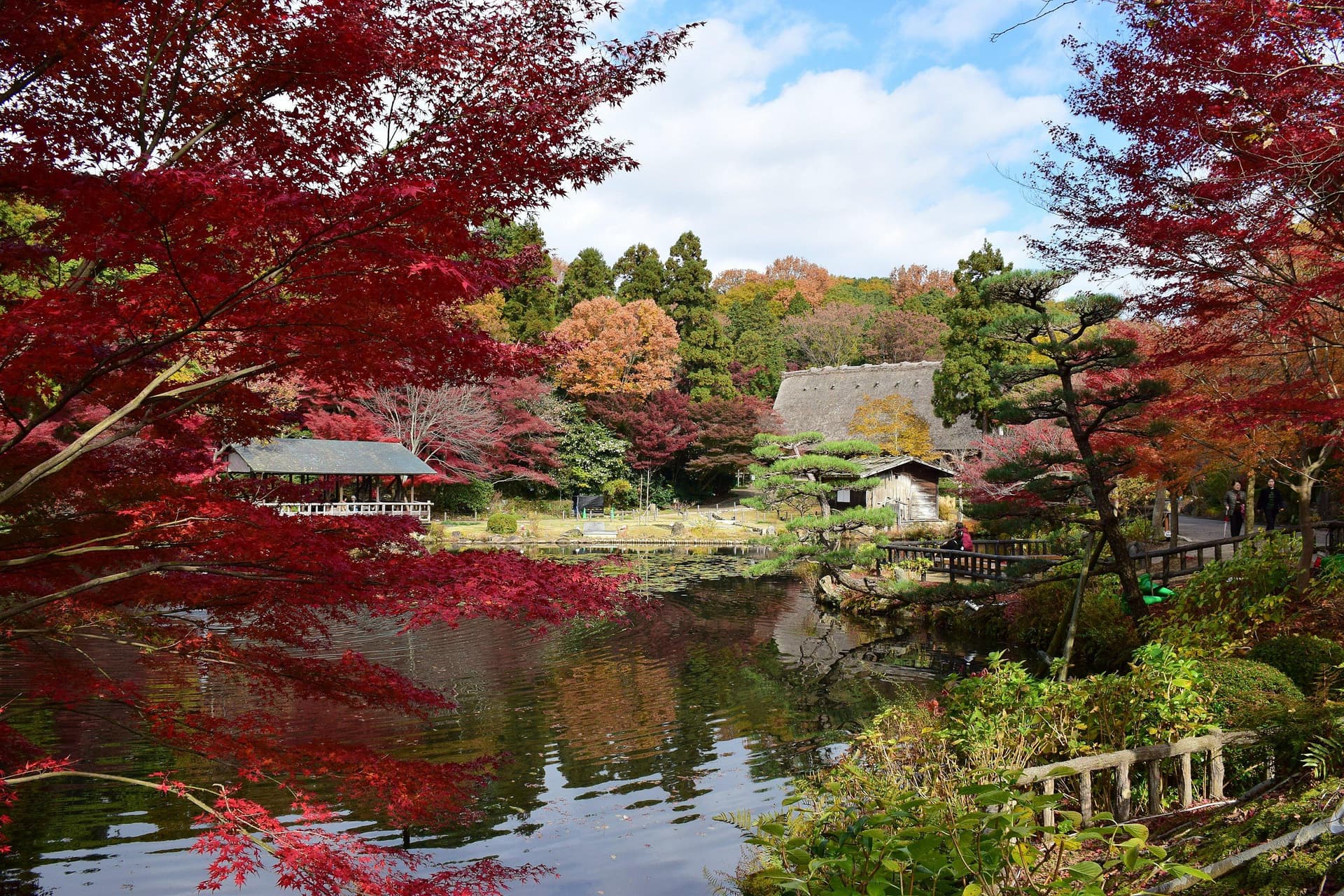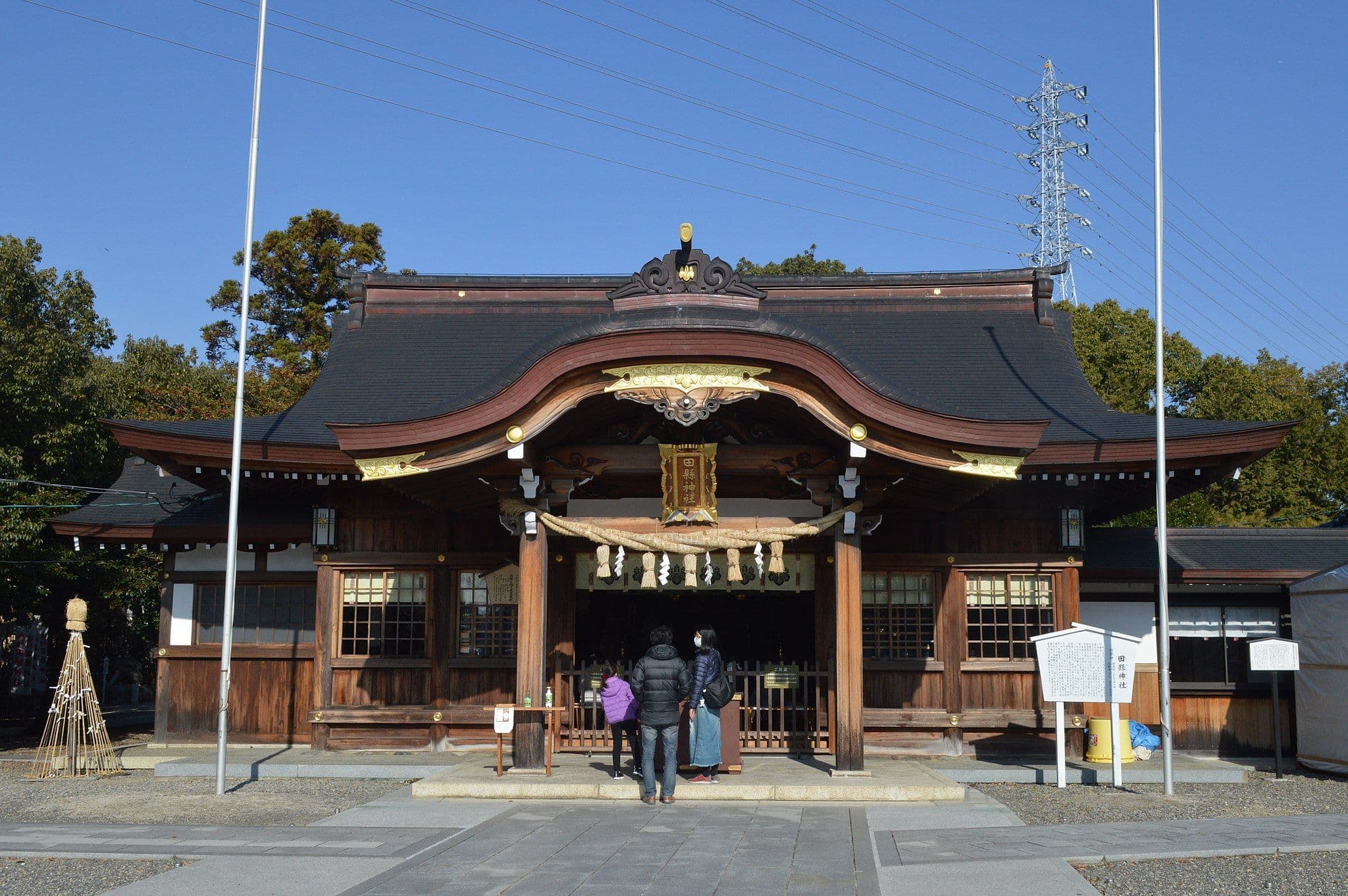
Tagata Shrine
田縣神社- Tagata-jinja-mae StationMeitetsu Komaki Line
- Walk 5 minutes
Tagata Shrine is a Shinto shrine deeply rooted in Japan’s ancient traditions of fertility worship, agricultural prosperity, and ancestral veneration. Since antiquity, it has been revered as a guardian deity of five-grain abundance, family prosperity, and regional cultivation. The shrine enshrines two deities: Mitoshi-no-Kami and Tamahime-no-Mikoto.
Enshrined Deities
Mitoshi-no-Kami is the grandson of Susanoo-no-Mikoto and the son of Ōtoshi-no-Kami. As a deity of agriculture, he is especially worshipped as a guardian of bountiful harvests.
Tamahime-no-Mikoto was the daughter of Ōarata-no-Mikoto, the ancestral pioneer of the Owari region, and the wife of Takeinadane-no-Mikoto, a notable ancestor of the Owari clan. She was blessed with two sons and four daughters. After her husband's death, she returned to her hometown in the Arata area (now the shrine’s site), assisted in the local development, and devoted herself to childrearing and education. In recognition of her contributions, she was later enshrined alongside Mitoshi-no-Kami.
Sacred Traditions and Worship
One of the shrine’s most distinctive features is its association with fertility. Based on the ancient account from the Kogo Shūi (compiled in 807), a folk practice emerged of offering phallic-shaped objects in prayer. This tradition, rooted in the wordplay between “umu” (to bear) and “umu” (to give birth), has connected the shrine with blessings of love, fertility, safe childbirth, harmonious marriage, business prosperity, and protection from misfortune. The shrine receives devoted worshippers from across Japan and attracts international attention for its unique symbolism.
Historical Significance
The exact founding date of Tagata Shrine is unknown, though some theories trace its origin as far back as the Yayoi period. It is located at the foot of Mt. Kubo, said to be where Toyotomi Hideyoshi camped during the Battle of Komaki and Nagakute. The shrine sits within an area traditionally known as Agata no Mori ("Forest of Agata").
In ancient times, the local clans practiced a belief system that saw the earth as a mother and the heavens as a father, praying for the union of these forces to yield agricultural abundance and national prosperity. This worldview shaped the shrine’s role in regional worship.
Tagata Shrine is listed in the Engishiki (927), a Heian-period register of shrines, and also appears in the Owari Province Register of Kami Names (Jinmyōchō) of 1364, where it is recorded as a high-ranking shrine under the name Jusanmi Jōdenkata Tenjin.
Upcoming Events
Related topics
At Hey Japan!, we strive to keep the places listed on our website as current as possible. However, it is important to note that location owners or management may make changes to their plans, including canceling events, altering opening times, or modifying admission requirements, without prior notice. To ensure that you have the most accurate information, we recommend checking official websites before visiting any location.
Last Updated:
